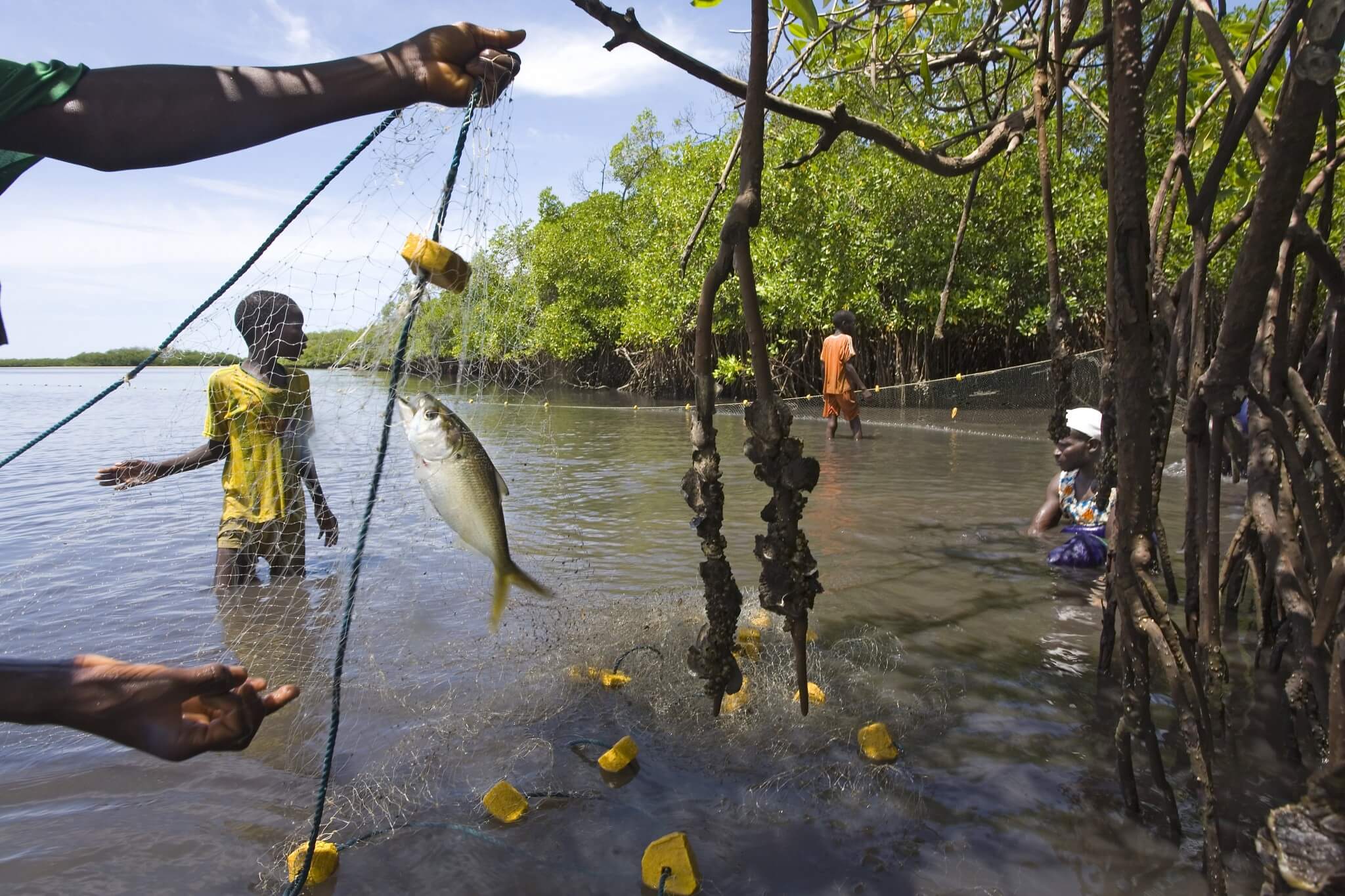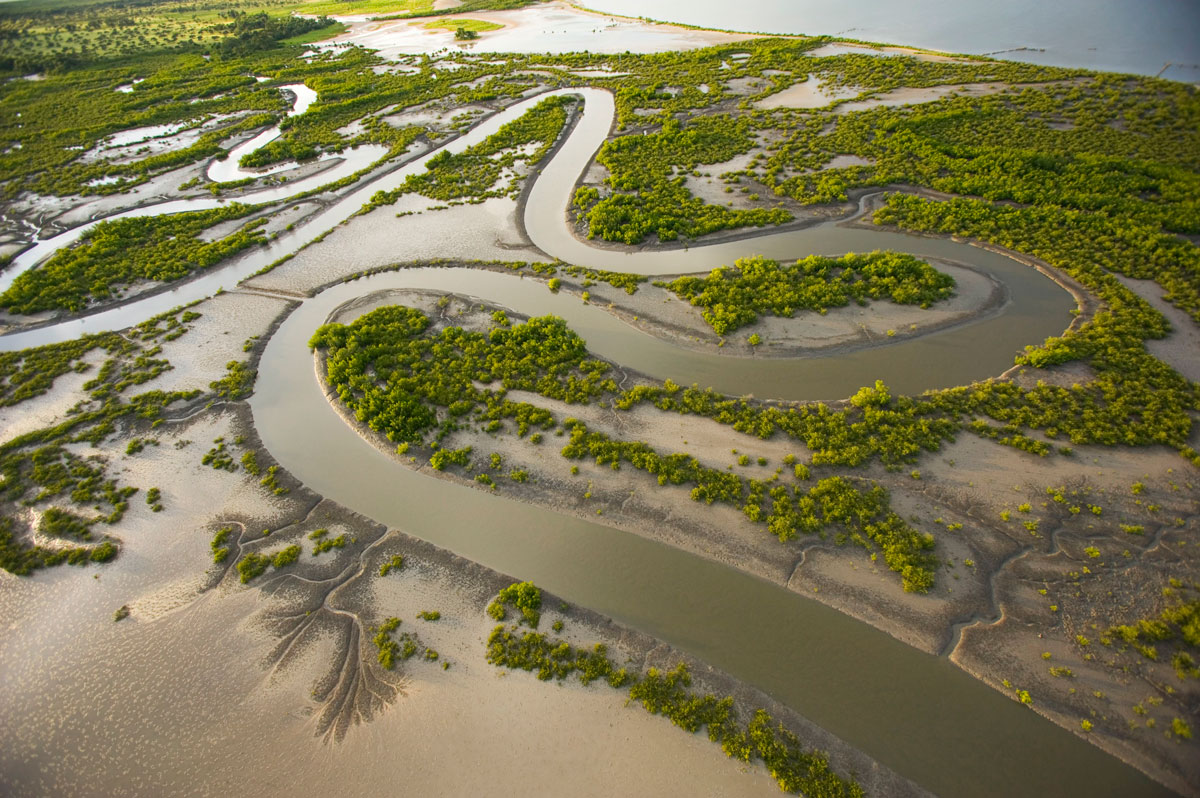
- Sustainable Planet -
- 4mins -
- 439 views
100,000 Senegalese work on the world’s largest mangrove restoration programme
Senegal is planting millions of mangrove trees to fight deforestation and restore the country’s spectacular landscapes with the involvement of 350 local villages and 100,000 people.
The MIRACLE MANGROVES RESTORING SENEGAL’S SPECTACULAR LANDSCAPES
Earlier this year, WeForest and Océanium launched the largest carbon-certified mangrove project in the world, replanting over 7000 hectares in the first three-year phase and eventually 16,000 hectares, in the mangrove estuaries of Senegal. Their joint focus is to actively restore these degraded mangroves, re-establishing the unique biodiversity of flora and fauna, sequestering 5 million tons of CO2 and supporting local communities to become the guardians of their forests.
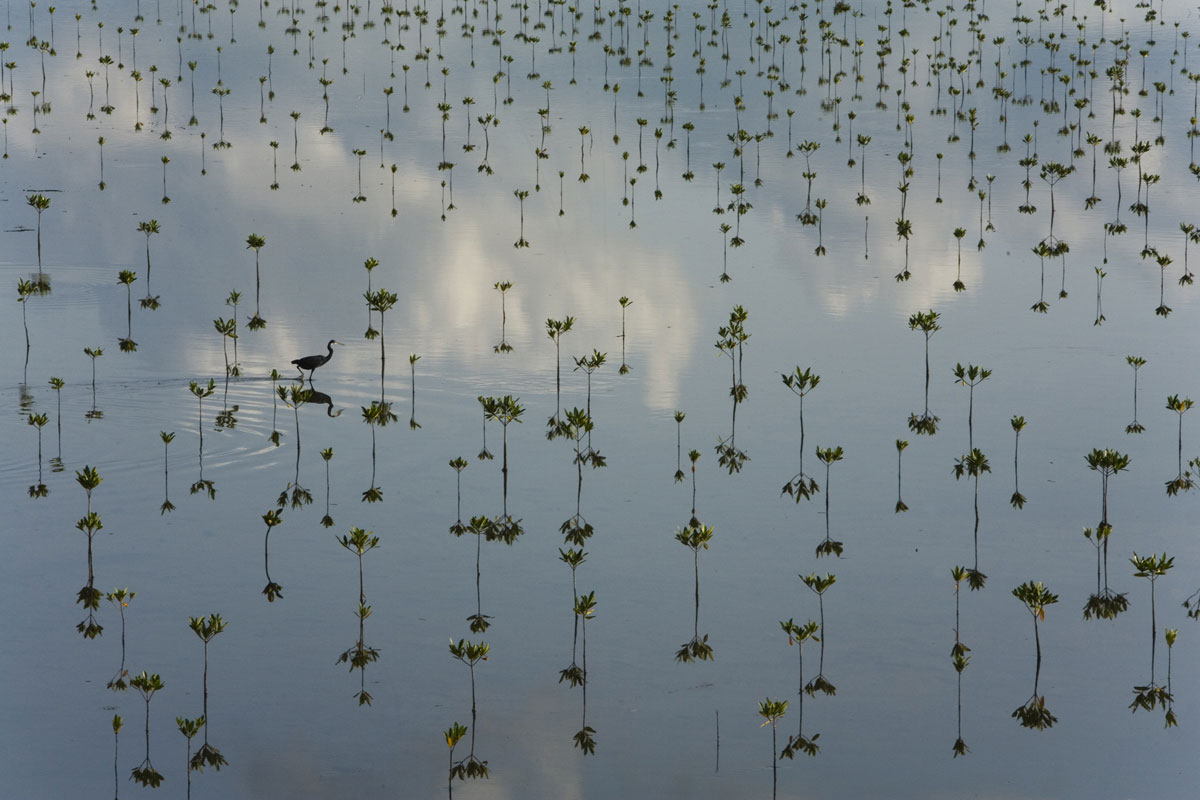
The project has been heavily supported at a local level
Senegal is home to some 185,000 hectares of mangrove estuaries in the regions of Casamance and Sine Saloum, however, they have been disappearing at an alarming rate. A quarter of the total surface area, 45,000 hectares (174 square miles) of mangroves has already been lost since the 70s due to cycles of droughts, as well as to the deforestation of mangroves for timber, and the blockage of waterways by road construction.
But Senegal is fighting back. It has planted 79 million mangrove trees, which will help protect vital arable land, preserve aquatic habitats and absorb around 500,000 tonnes of carbon over 20 years.
An area of around 10,000 hectares is being replanted by the Senegalese non-governmental organisation Océanium, which receives 10% of its funding from the government and the rest from private sponsors. They are partnered with WeForest and backed by the Livelihoods Fund.
The project has also been heavily supported at a local level, with 100,000 people from 350 villages helping restore these important ecosystems in what Océanium has dubbed the world’s largest mangrove reforestation project.
Source: WeForest.org
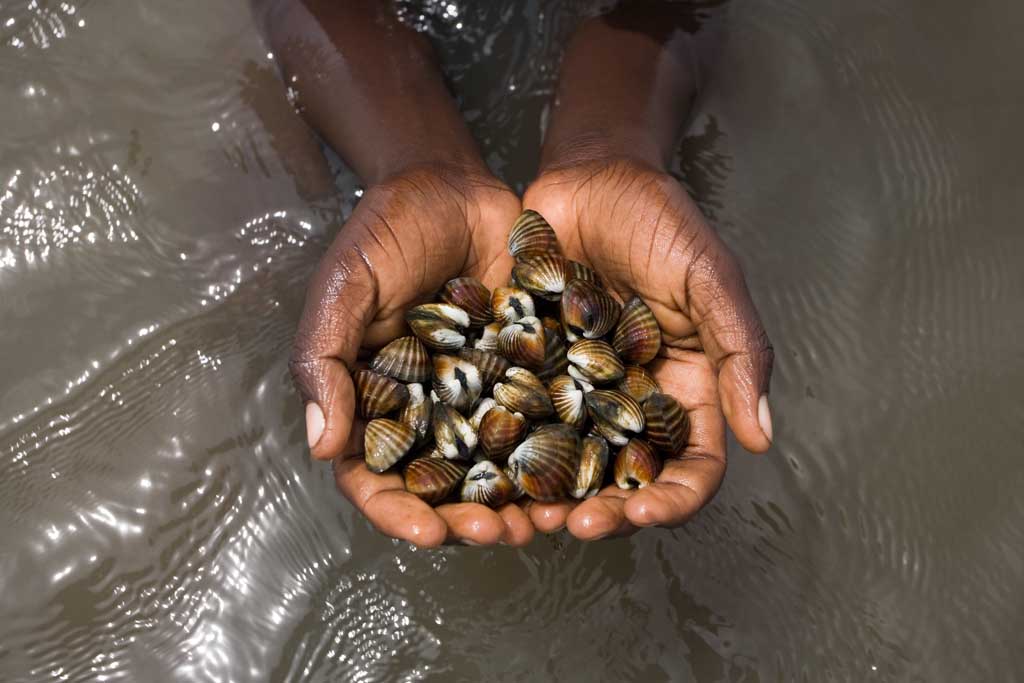
Livelihoods is working with the Senegalese NGO Océanium to restore the mangrove forests
Mangroves are the richest ecosystems in the world and once they disappear, water becomes very saline and nothing can grow. This project will restore the shrinking mangrove forests and as a result, protect vital arable land since mangroves serve as effective filtration systems that prevent the influx of saline water which renders soil unfit for agriculture.
It will also help restore the rice paddies of Casamance and Siné Saloum. When there are no mangroves, the salt content of water increases, impeding the growth of rice. This project will thus restore former rice paddies that have dried up in the area.
Lastly, it will boost depleted fish stocks by producing up to 18,000 extra tons of fish annually, along with shrimps, oysters, and molluscs that mangrove forests harbour.
Source: Livelihoods.eu
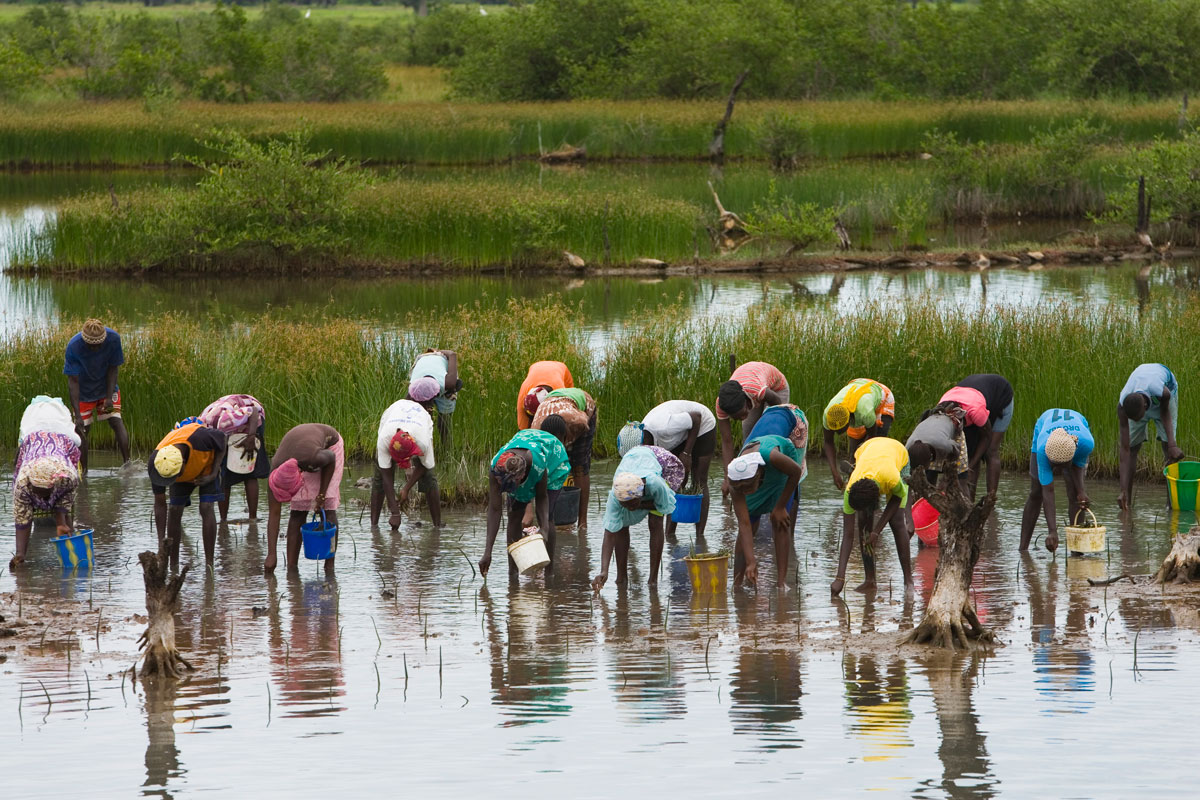
Social and environmental impact
The association Oceanium has been actively working to protect the marine environment in Senegal since the late 90s by managing artisanal fisheries and lobbying to create marine-protected areas. It started replanting mangroves in 2008 over a surface area of 173 hectares.
With initial support from Danone, and subsequently from the Livelihoods Fund, the replantation area now includes 10,000 hectares. With 79 million mangroves already replanted, it is the world’s largest mangrove reforestation project. The new trees will stock 0.5 million tonnes of TeqCO2 over the project’s life span of 20 years.
Additionally, this project is unique due to the exceptional level of social mobilisation it has achieved: the involvement of 350 local villages and 100,000 people.
Source: Livelihoods.eu
